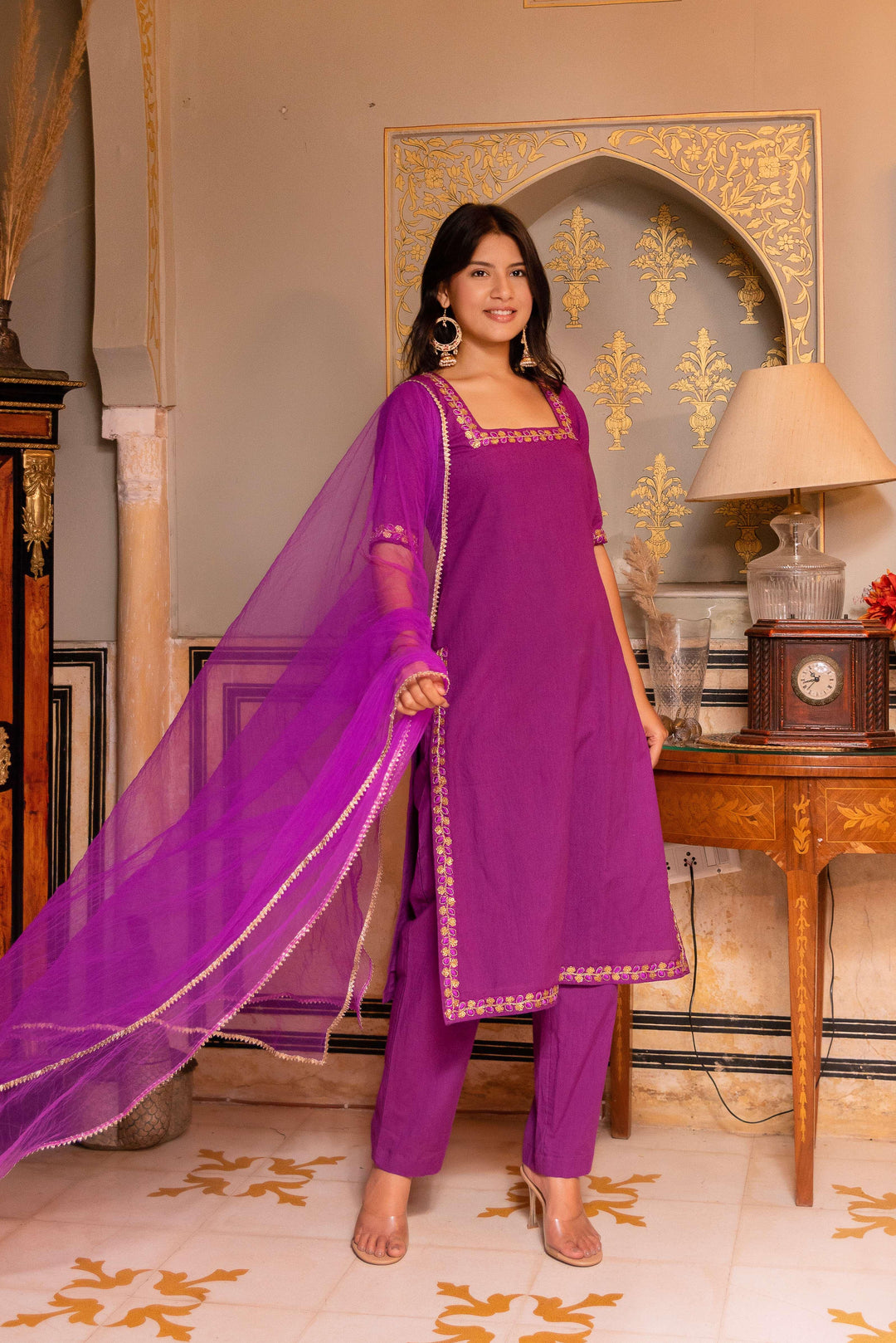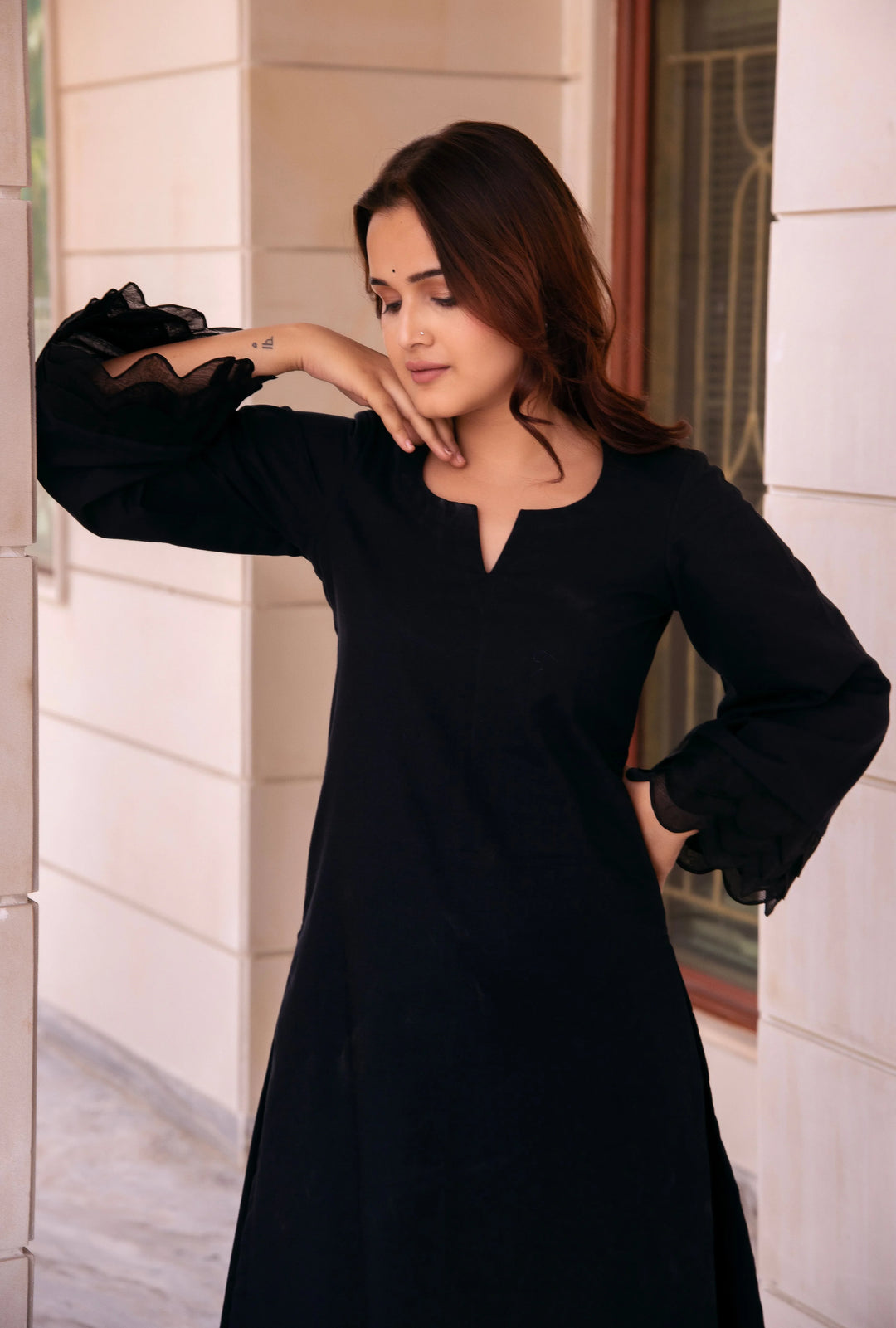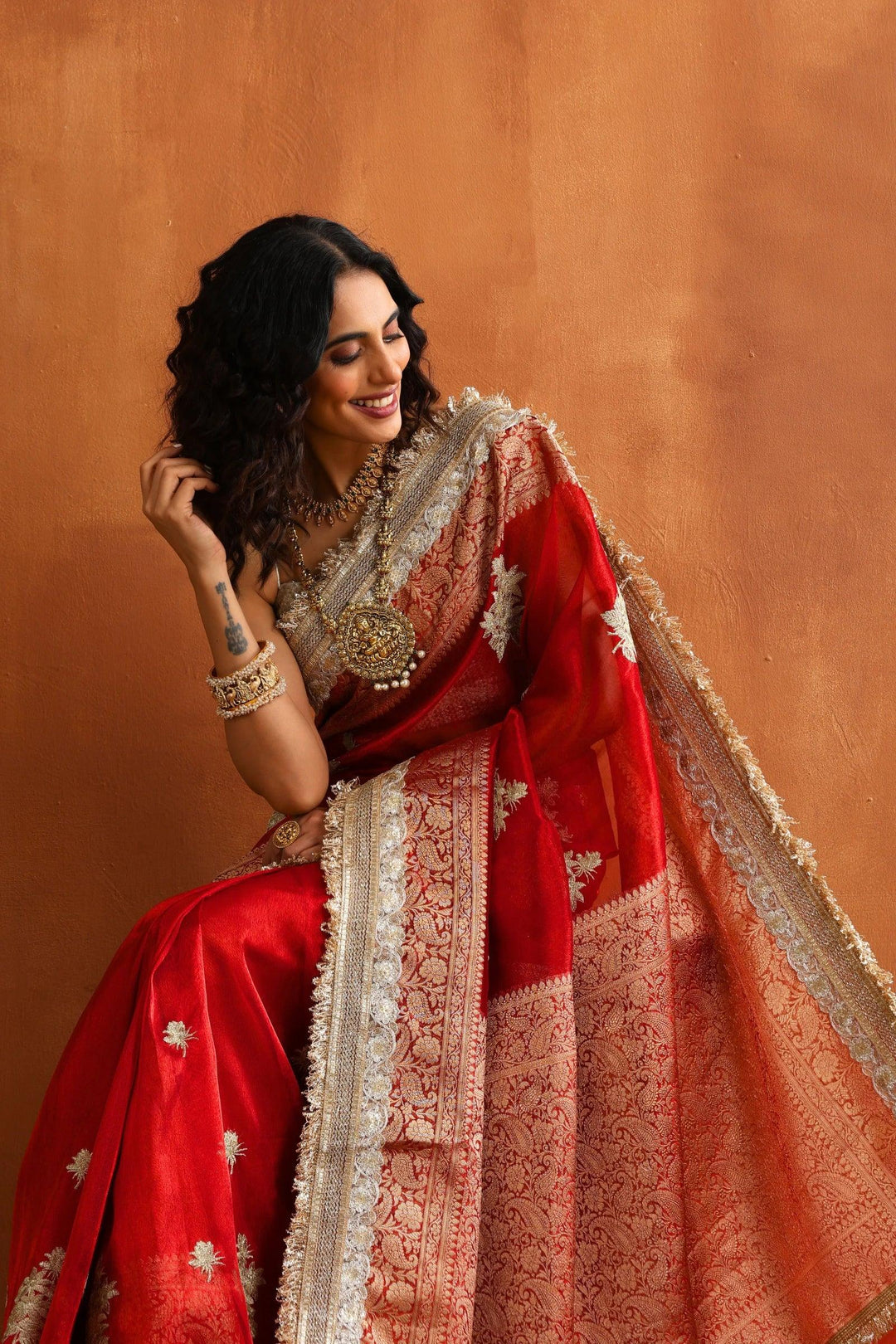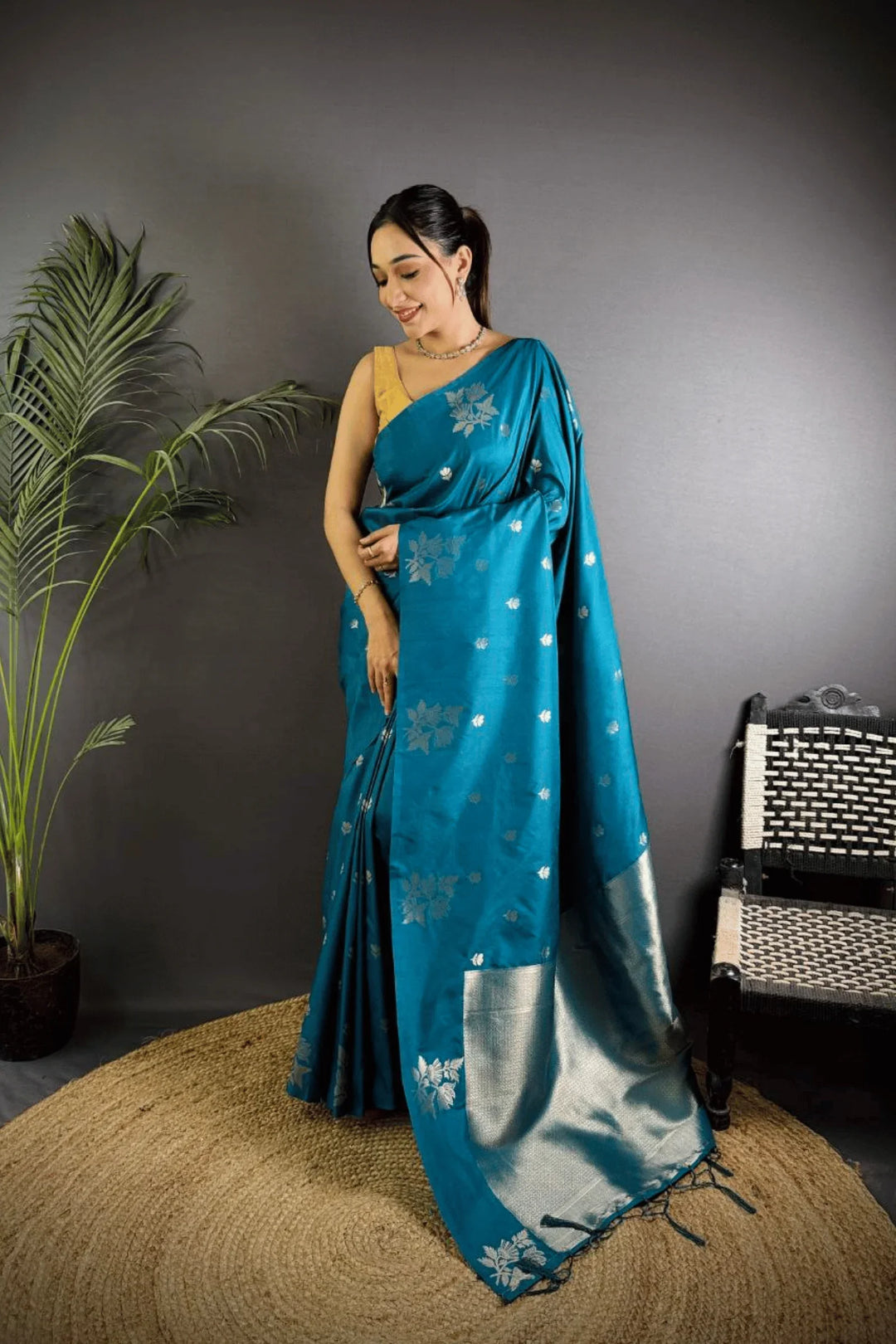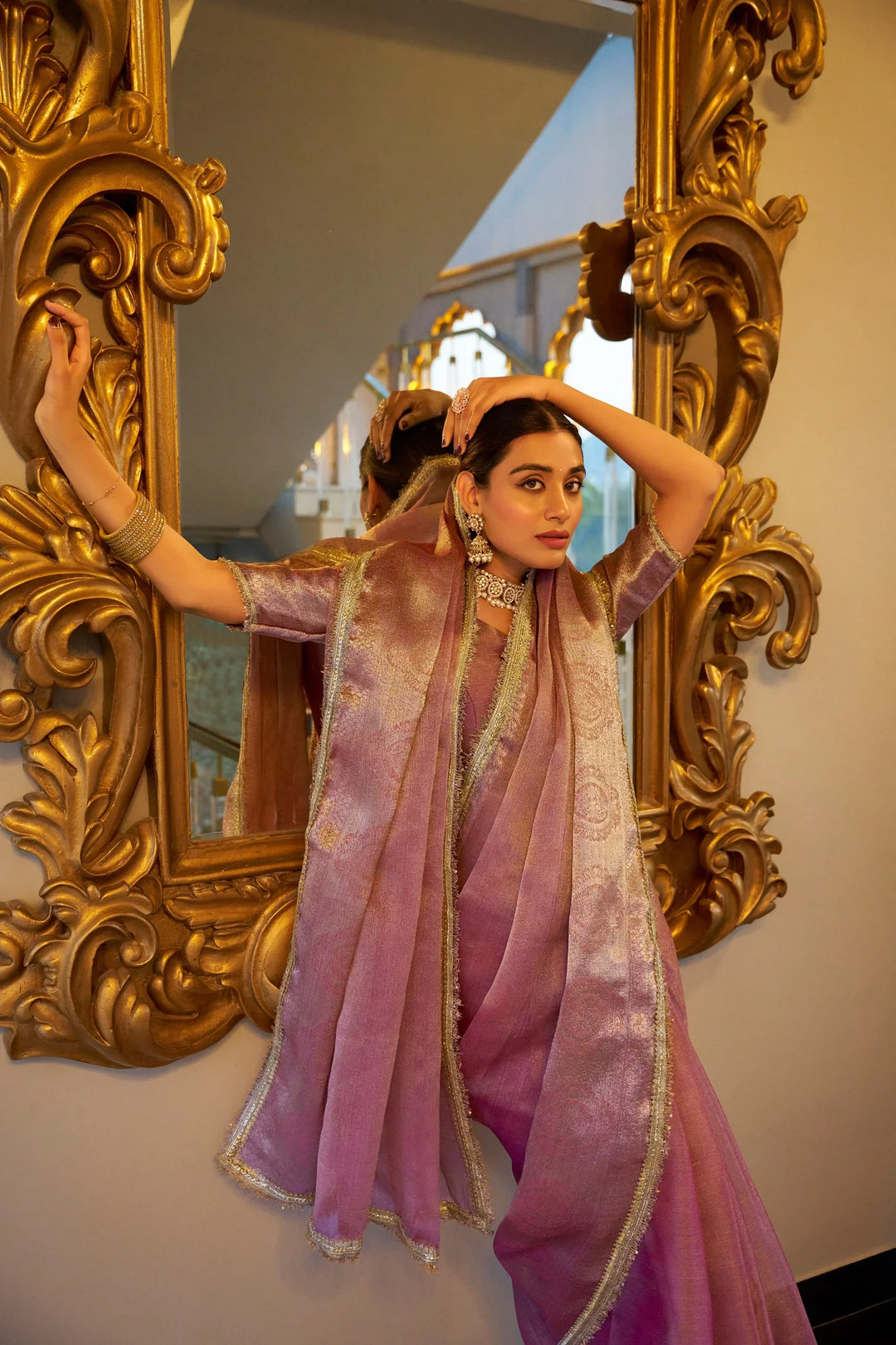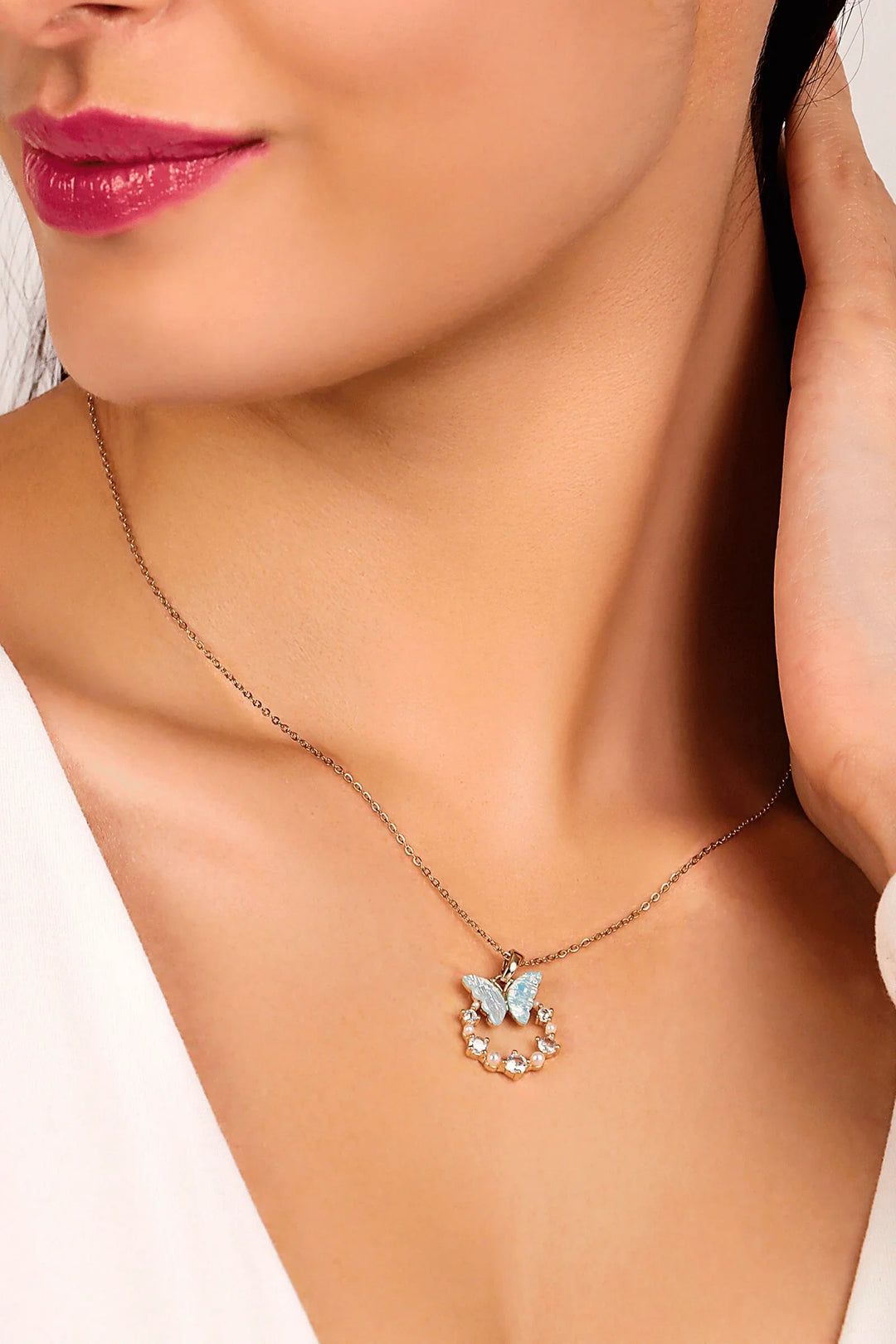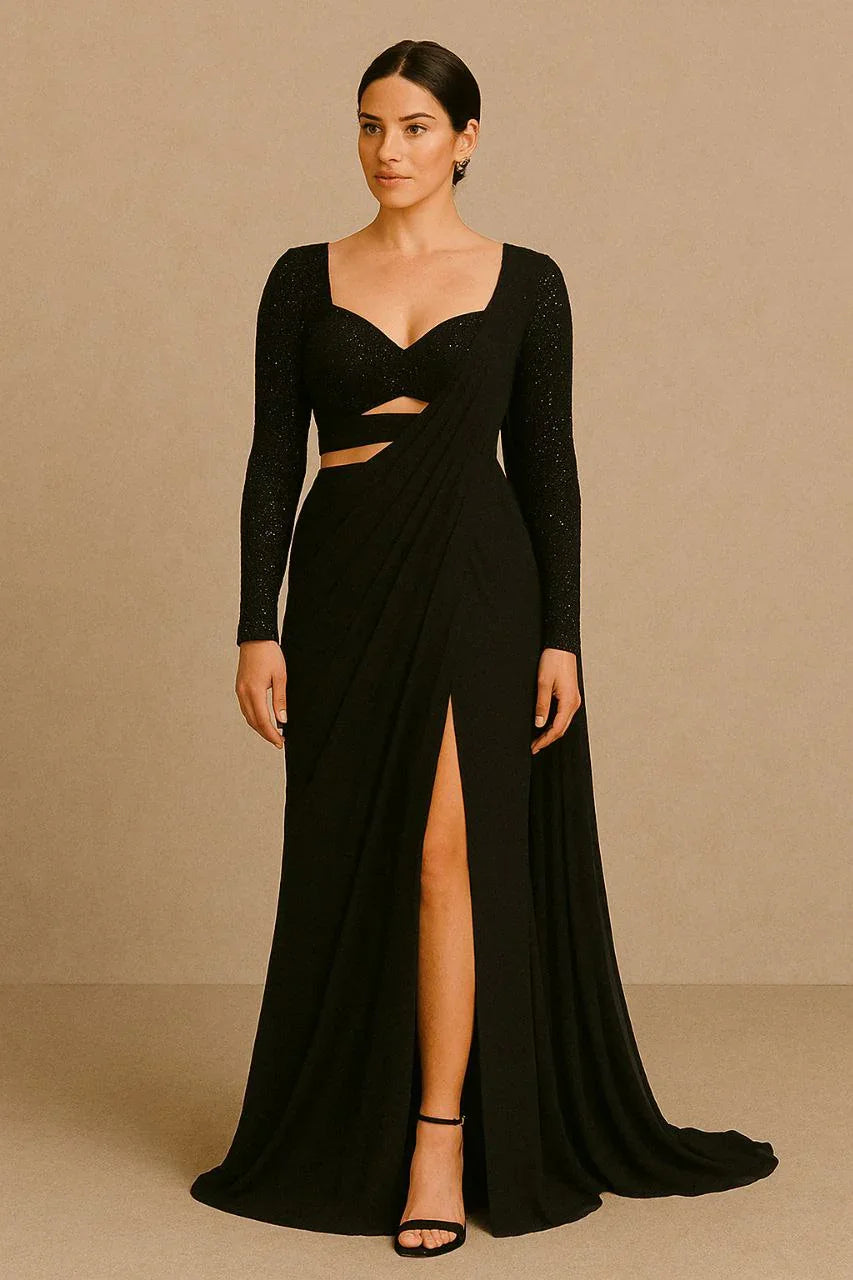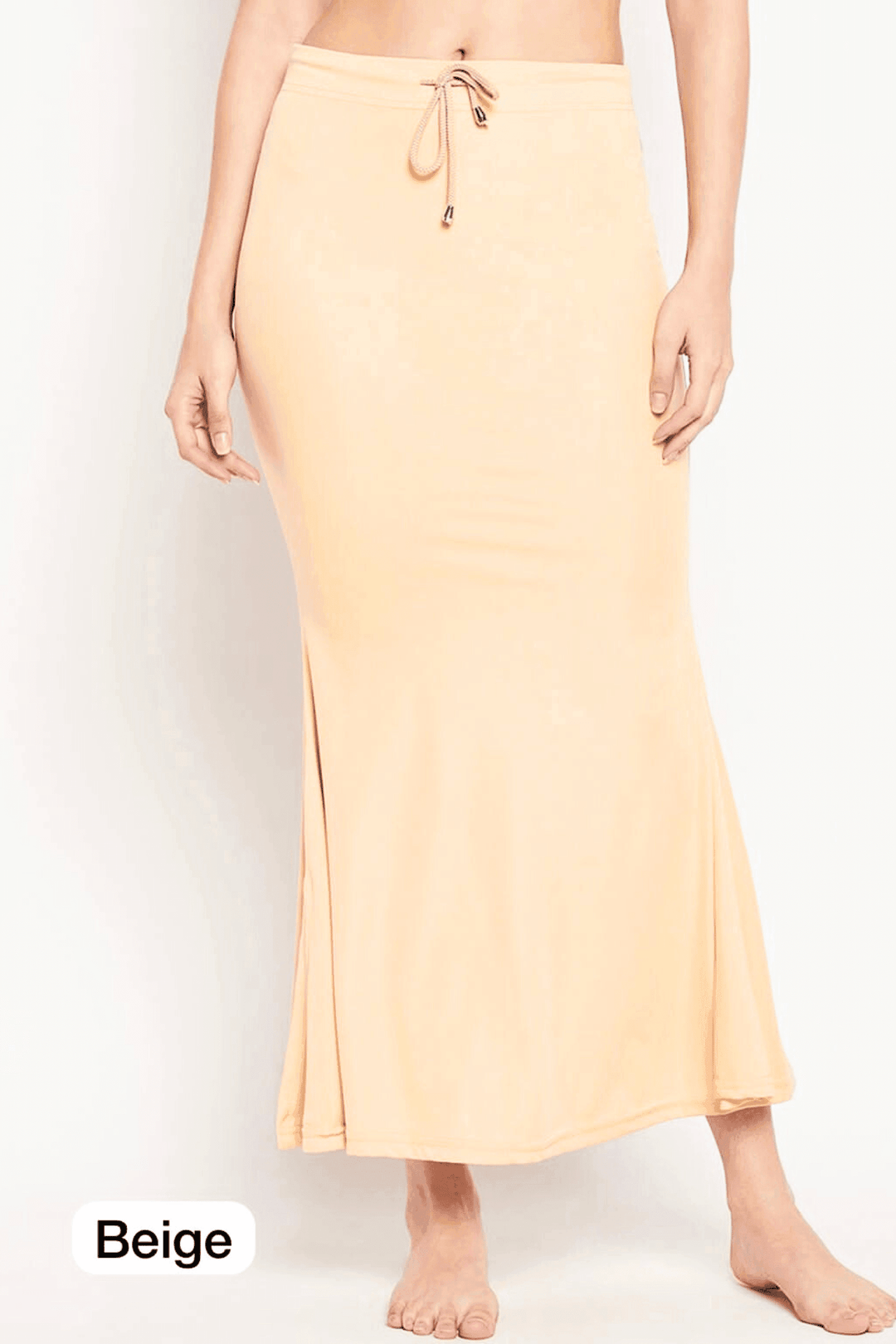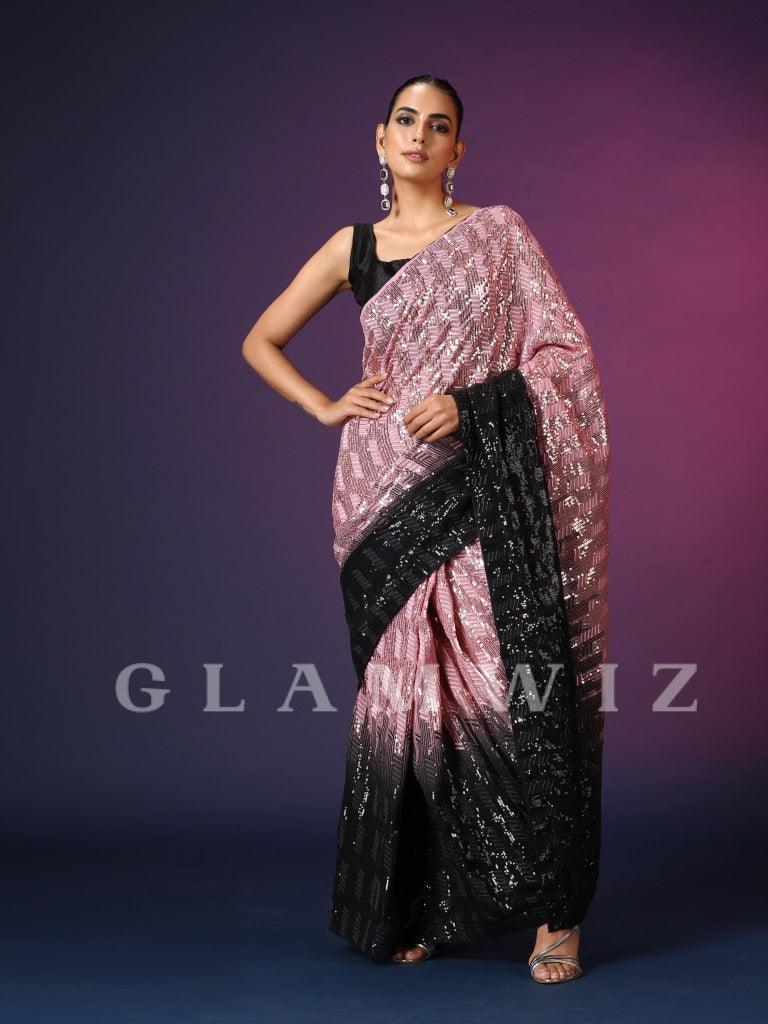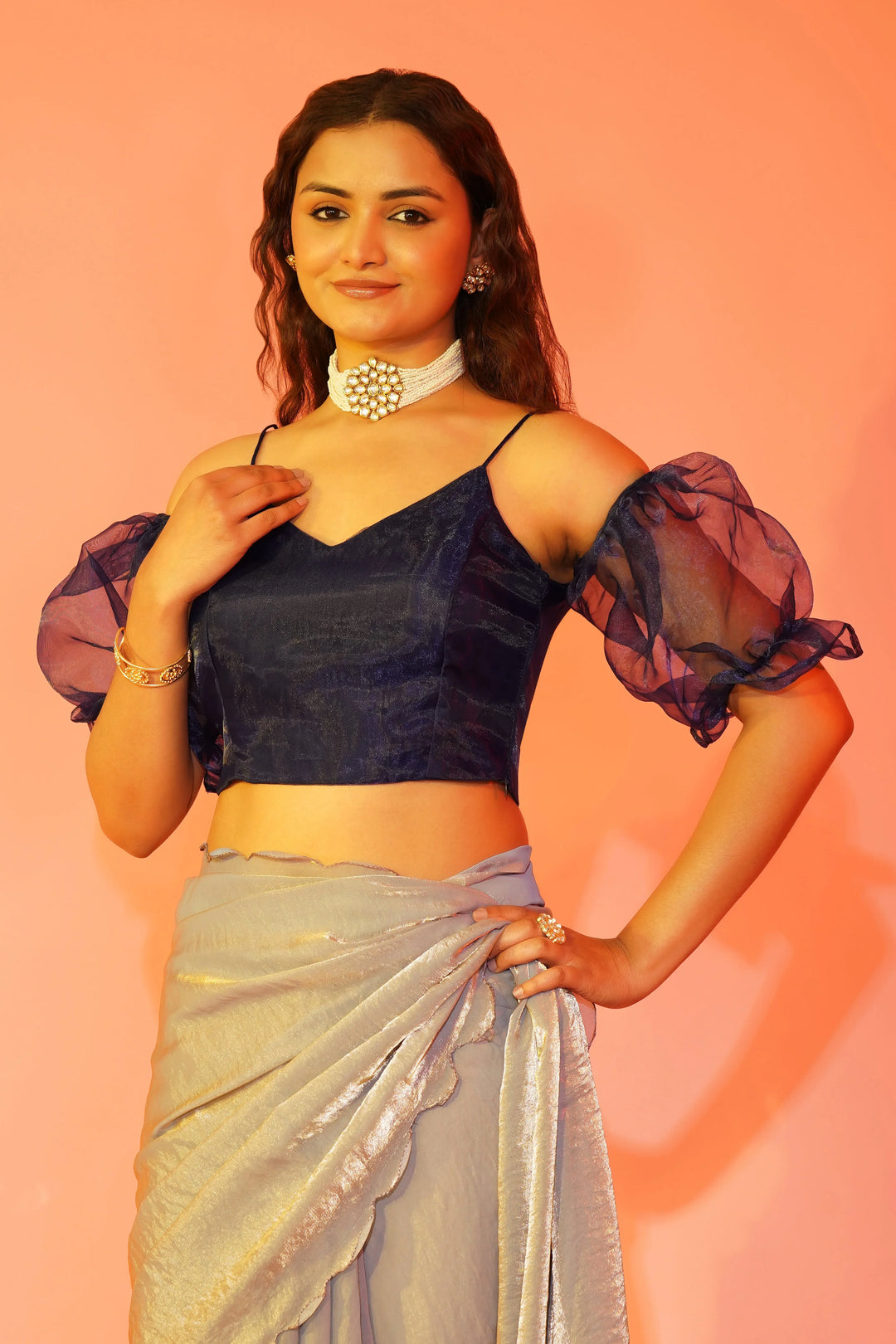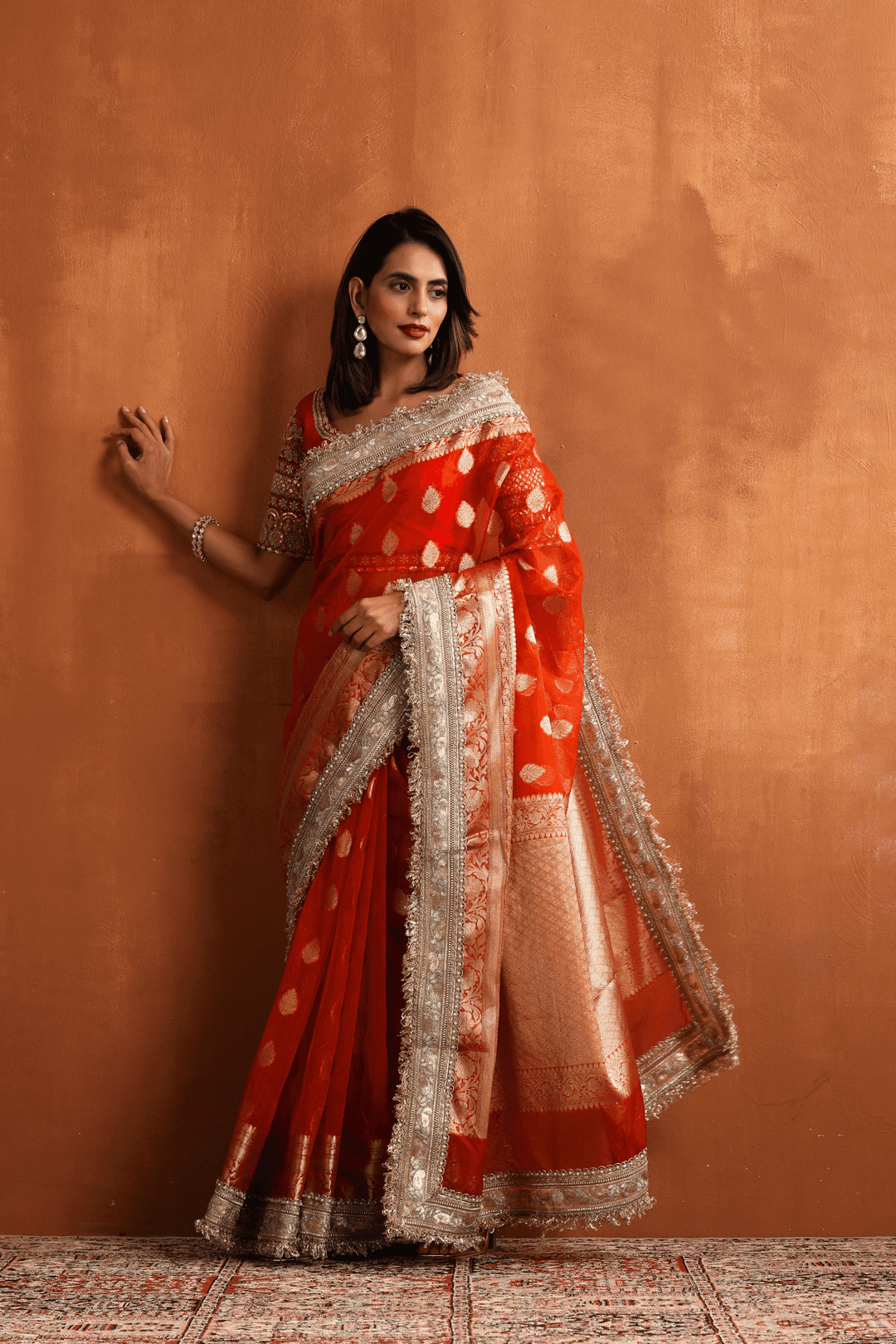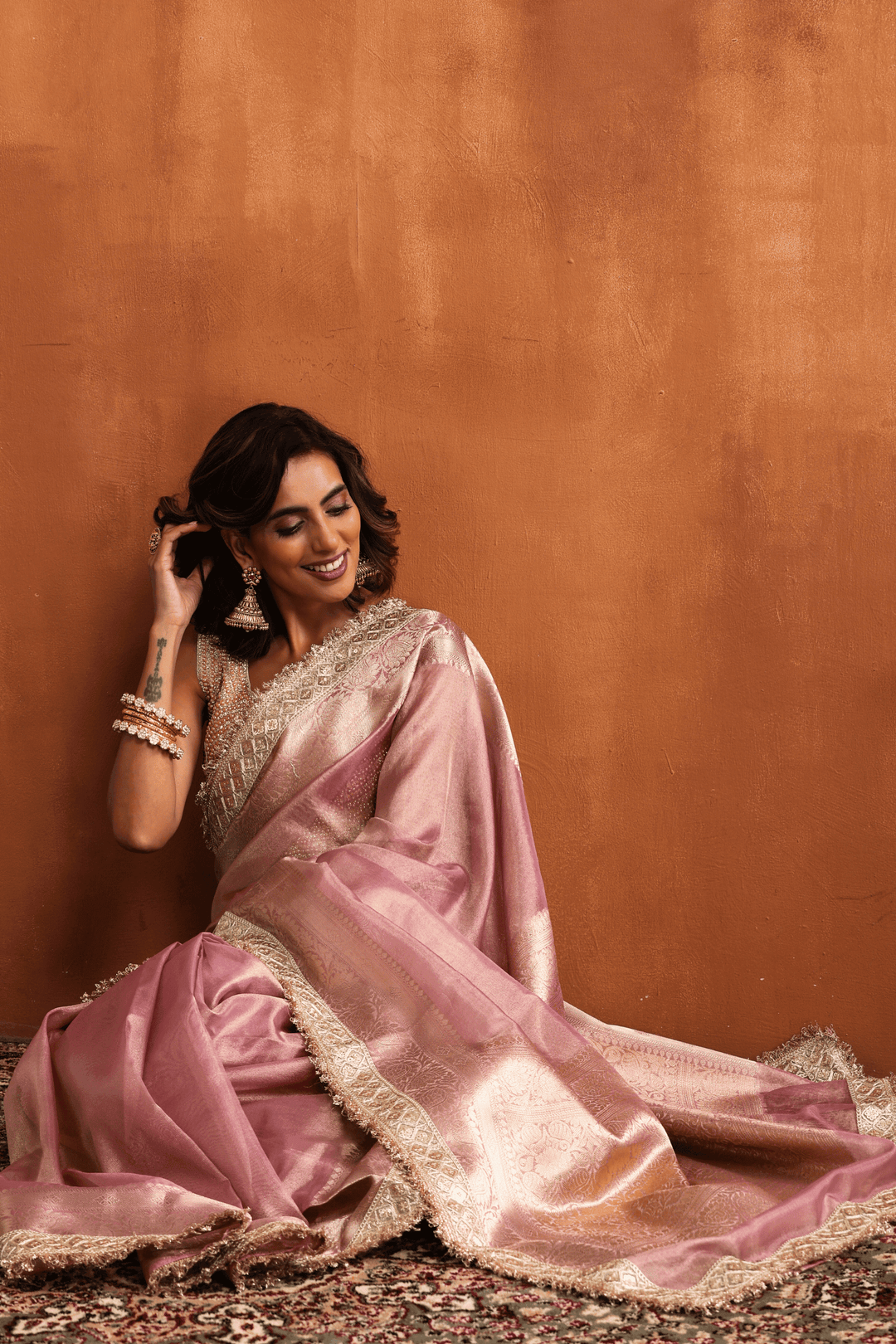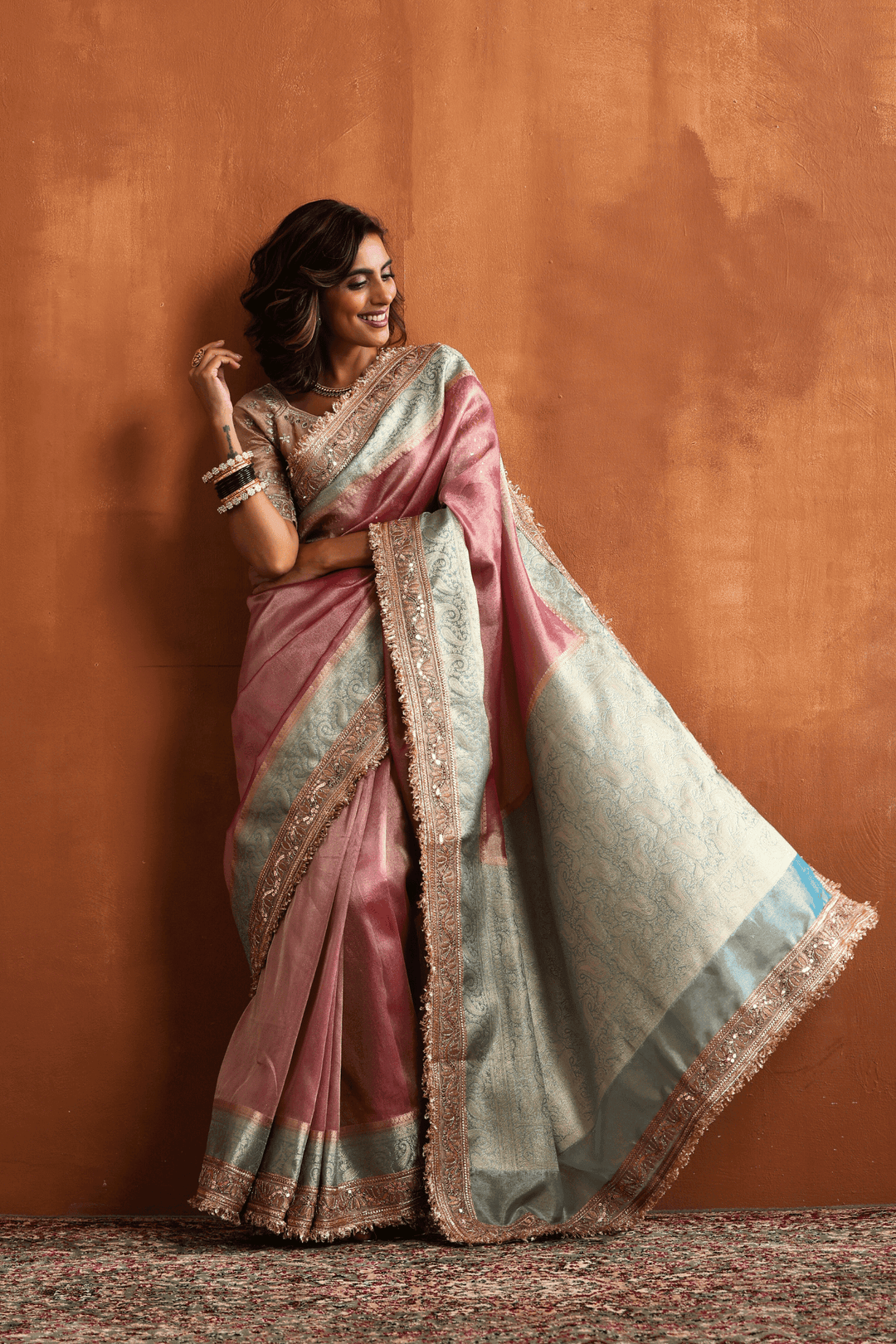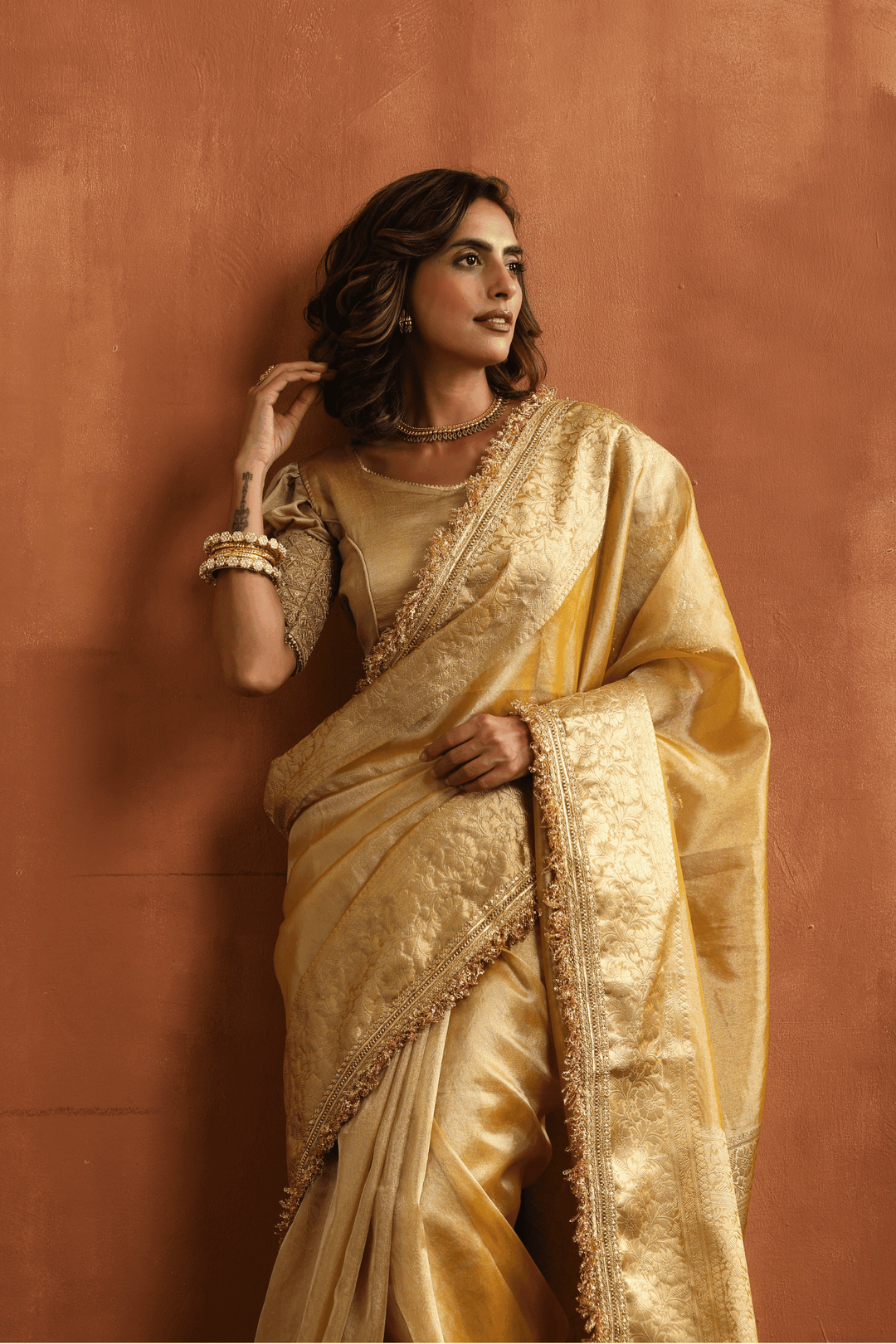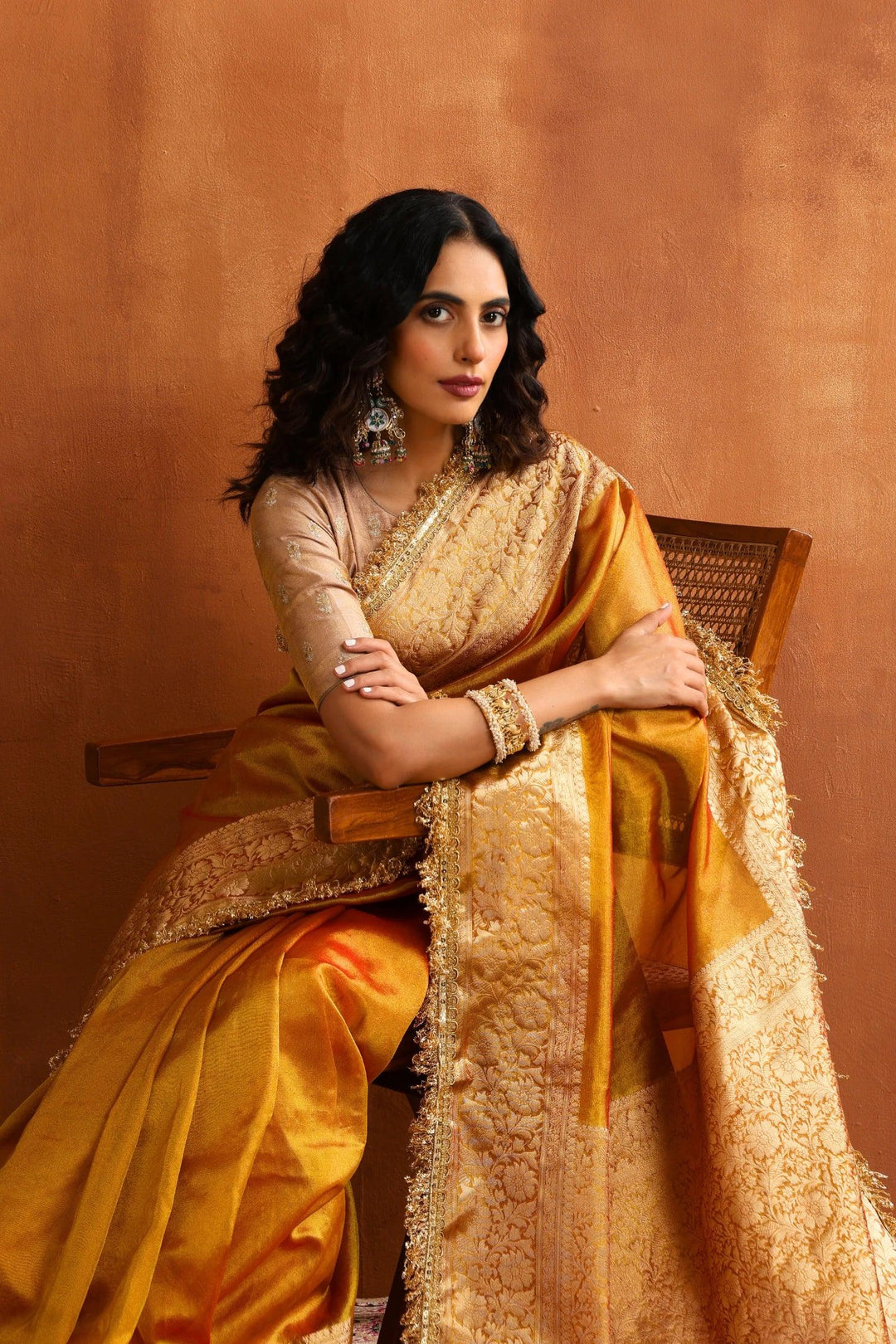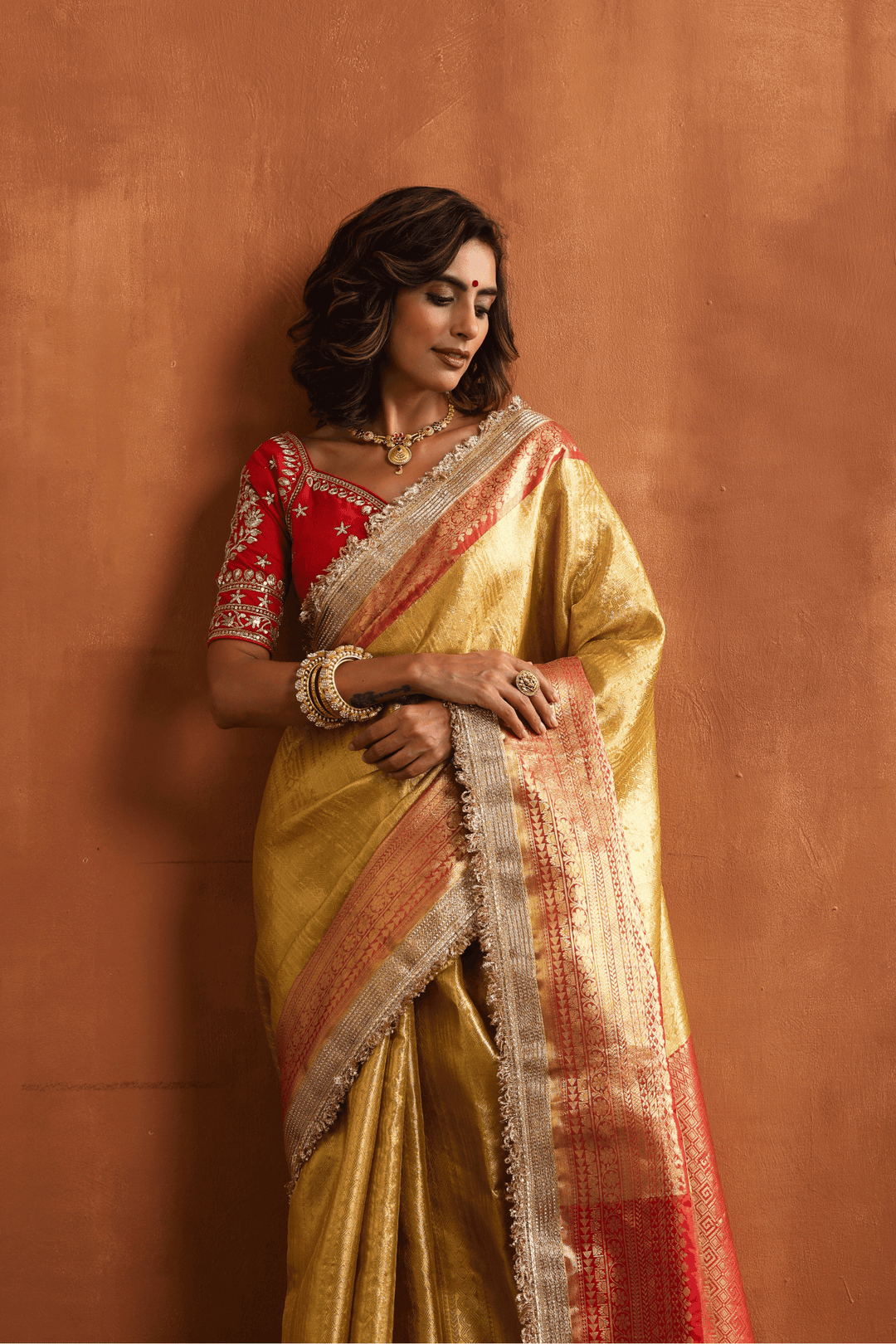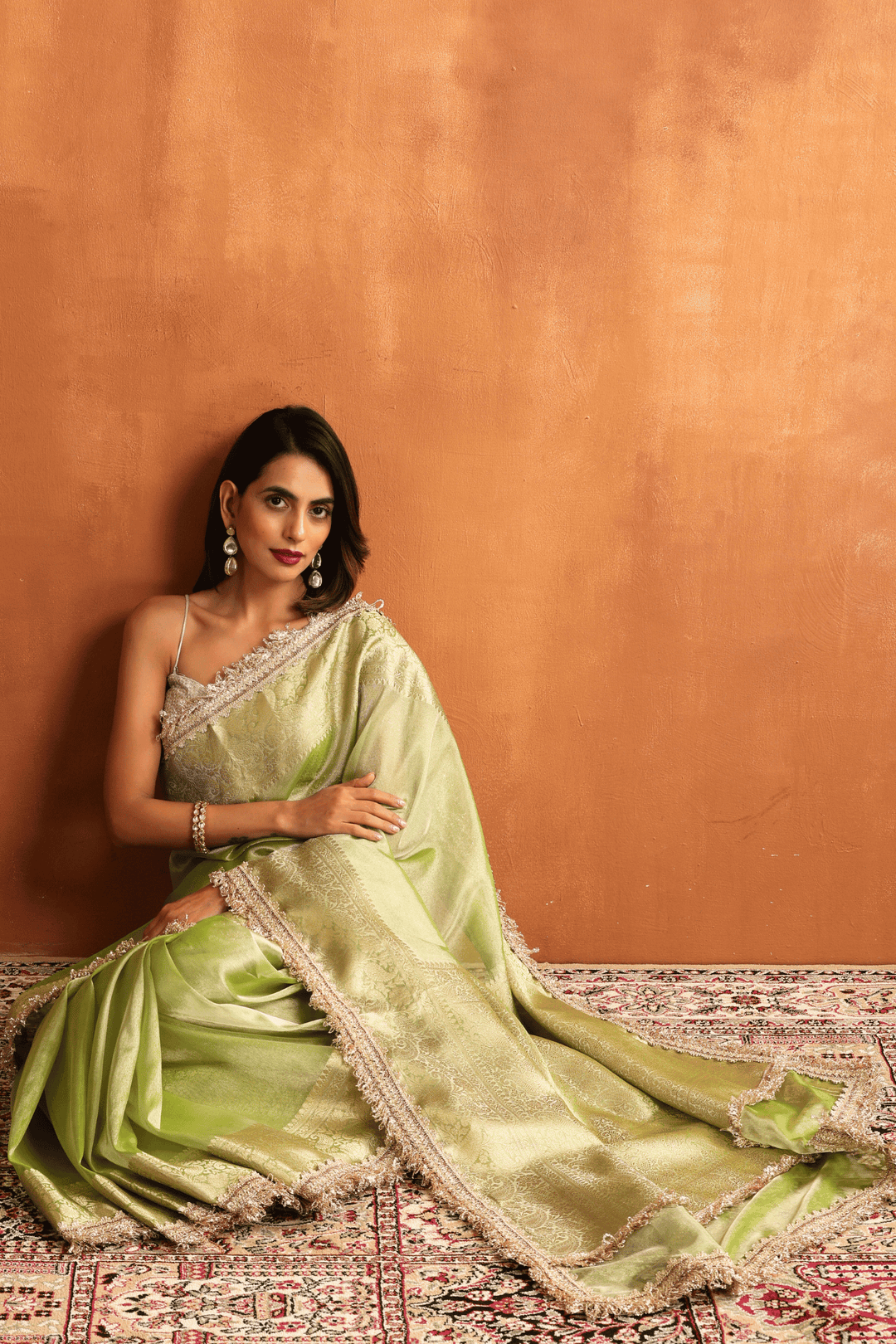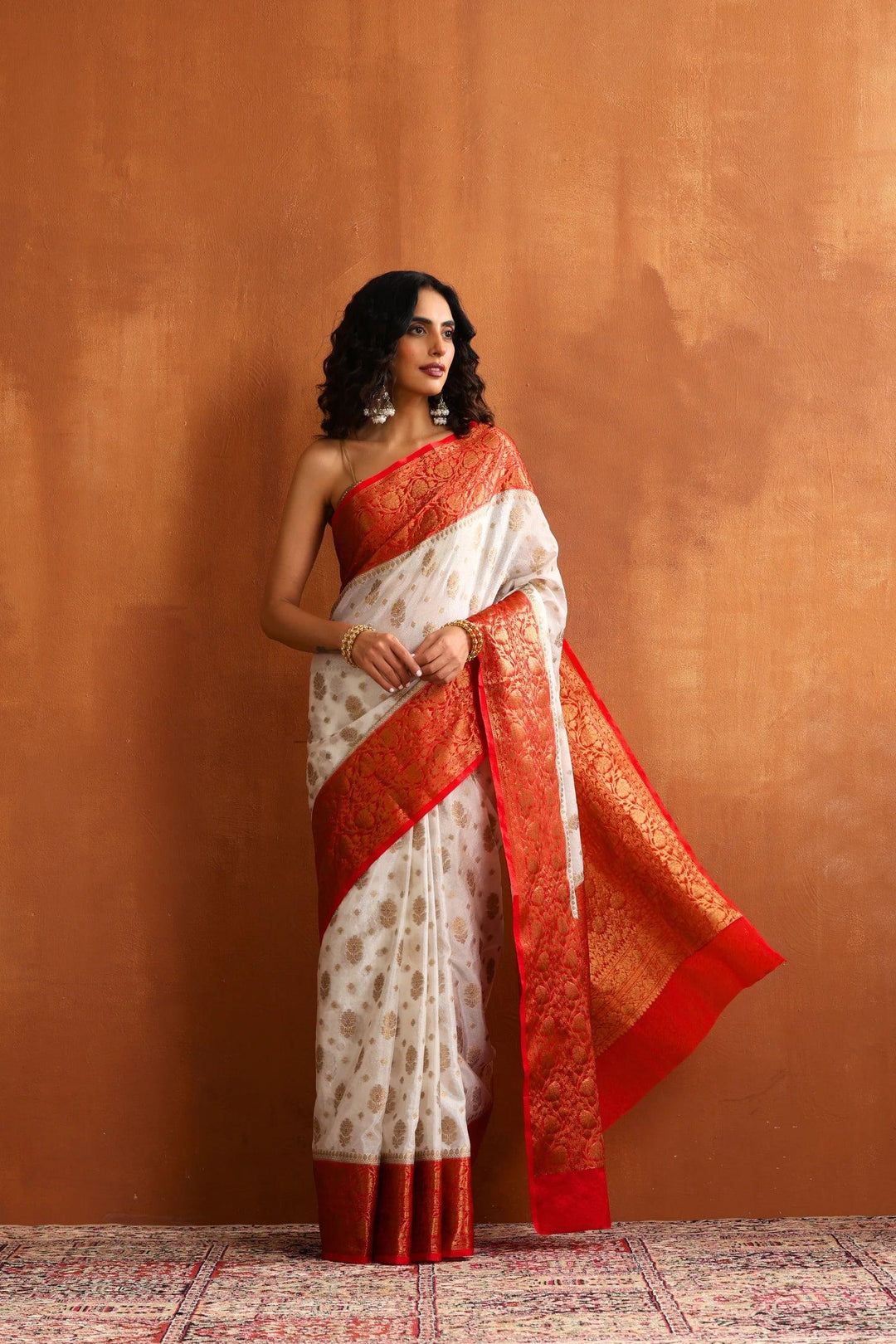Trending Sarees to try out this festive season
Sarees have always been an integral part of Indian clothing for centuries. No matter which part of India it may be, whether north or south, Sarees are worn everywhere and by every woman out there. ‘When in doubt, wear a saree’ is not just said out of context, it means that when you feel trouble wrapping up your life, wrap yourself in a saree and fight them in style!
Sarees are the embodiment of elegance and confidence, courage and empathy, style and simplicity.
Even after everything has evolved and modernised in the 21st-century era, saree has not lost its sense. Trends may come and go but the sarees are eternal. And hence, they are the most sought after outfit during the festive season. Be it Diwali or Karwachauth, women wear saree with great enthusiasm during the festivities.
But with such a wide range of saree styles available in the market, one might get confused as to which one to go for. Hence, we bring to you a comprehensive guide that will help you make this decision.
TRENDING SAREE FABRICS
Kanjeevaram sarees
Kanjeevaram is derived from Kanchipuram, a town in the Indian state of Tamil Nadu, where the saree is originated from. This silk saree which is one of the favourites among Indian women is regarded as a wonderful attire for all kinds of major events and occasions. In most parts of Southern India, the Kanchipuram saree is also a popular bridal attire.
From Rekha to Deepika Padukone and various other Bollywood artists, Kanjeevaram sarees are a showstopper among celebrities and rightly so. This silk saree’s regal and magnificent aura and perfect craftsmanship make it a bedazzling piece for anyone who wears it.
Kanjeevaram speaks majestic, festive and royalty and therefore this is the perfect saree for the festive season.
Kanjeevaram itself comes in various styles like: –
- Plain Kanjeevaram with a golden border.
- Temple border Kanjeevaram
- Traditional Kanjeevaram
- Modern Kanjeevaram weaves
Kanjeevaram sarees are very versatile that it can go with any accessory, but it pairs especially well with gold or traditional jewellery.
Georgette Saree
For the ones who like wearing sarees but don’t want that heavy look or the classic rigid material, georgette sarees are a lifesaver. Georgette sarees are lightweight and flowy yet strong and durable. It is especially popular among young girls since they are easy to wrap and carry and are very versatile along with being comfortable to move in.
Georgette is a synthetic material that came into origin because of the demand for chiffon-like cloth that is stronger and more durable. Go for georgette sarees at this festival if you want to look modest yet want to accentuate your figure and look sexy. Moreover, georgette sarees have a lot of room to get styled in various ways like mermaid style, dhoti style, pant style and many more.
Different types of georgette sarees available in the market are: –
- Embroidered georgette sarees
- Printed georgette sarees
- Pure georgette sarees
- Banarasi georgette sarees
- Chikankari georgette sarees
- Silk georgette sarees
- Jacquard georgette sarees
- Partywear georgette sarees
The tagline for the georgette saree can be class in comfortable because of how elegant they look all while not being hectic to carry. Since georgette is a light material, heavy embellishments to perfectly well with it. Pair it with a heavily embroidered blouse, or hefty earrings and you are good to go.
Banarasi sarees
There are many things that don’t get passed from one generation to another. But some things are just too precious to not share with the next cohort. Banarasi sarees are one of those precious things. They have been around for a long time now, yet they are not going anywhere any time soon. Another addition to this list is none other than the infamous Banarasi saree.
The Banarasi saree is one of India’s most elaborate and gorgeous textiles, used for special events and weddings throughout the nation. For its unrivalled beauty and magnificence, this bridal classic is adored by many generations. Banarasi sarees are only made in Varanasi and its surrounding villages, using specific techniques and patterns. Banarasi sarees get their beauty from the special ‘Zari’ work on the gorgeous silks with intricate designs giving them luxurious and royal grandeur. The Banarasi sari is made with the finest materials, including delicate woven silks from south India and high-quality gold and silver threads. Banarasi sarees are being worn by women during the festivities for a long time and this list would be incomplete without this mention.
Banarasi sarees can be divided into various categories like: –
- Tissue
- Butidar
- Cutwork
- Tanchoi
- Jangal
Banarasi sarees can be matched with thick brocade blouses to get that traditional look or can be worn with high necked blouses to get that Bollywood style look. They are usually paired with traditional gold jewellery or gold filigree.
Organza sarees
Organza has been a fabric associated with romance and femininity since earlier times. Its characteristic of being flowy yet strong makes it an idle saree fabric. A silk organza saree is more than simply a traditional weave. It is handcrafted from the handloom and epitomises grace, luxury, and unmatched delicacy. Polyester threads, which were originally woven from silk or nylon, are now employed in these masterpieces to add tensile strength and a gossamer sheen. It has a characteristic simple weave with a see-through surface and a strong fall that makes it stand out.
It wouldn’t do justice to make this article without adding organza to the list. Being a fan favourite for quite a while now, organza sarees have again resurfaced to the trends this year and if you haven’t tried your hand at this trend, the festive season sounds like a perfect excuse to do that.
Various types of organza saree include: –
- Organza silk
- Printed organza
- Embroidered organza saree
Organza sarees are absolutely alluring to look at and will give you the perfect festive vibe but being pretty does not necessarily mean that it is easy to handle. Organza sarees can be quite a work to do, but that doesn’t mean that they can’t be tamed.
Some tips for organza sarees are-
- Use fewer plates- The more plates you make, the more it will balloon up. To get a slimmer look, make sure to wrap fewer plates.
- Leave pallu hanging- Don’t fold or pin the pallu, but leave it open on the shoulders.
Sequin sarees
Sequin sarees have been popular for quite a time all thanks to their perfect blend of dazzle and sophistication. Sequins are the perfect attire to give your saree a contemporary twist. Sequin sarees are in the trend right now and can be worn for both ethnic occasions and special evenings, so no matter what theme you are going for this festive season, sequin saree would be ready to blend you in and stand you out, all at the same time. Moreover, the look that sequin sarees project is just breathtaking.
Sequins can be over the plain sarees or on the silk designed with heavy works like zari, beads or mirror.
Sequins work with any and every colour; whether it may be a dark colour like midnight blue or pastel colours like lavender, sequins are sure to bring the best in every way possible.
SAREE DRAPES TO TRY OUT
Bengali style drape
Bengal is a land rich in literary and artistic treasures. Its people’s aesthetic ideals are mirrored in their way of life. Its flair for the art of draping is also seen in the particular way Bengalis drape their sarees. Tant, Deccai, Jamdani, Baluchari, and Garad are all beautiful Bengali silk sarees that exude simplicity. Also, with ethnic Bengali drapes, such sarees appear elegant. Bengali sarees have a unique draping process that improves the beauty of desi ladies. In addition, this creates a very real and magnificent look.
Steps for Bengali drape are as follows;
- Wrap the saree around your waist.
- Pleat the saree and tuck it in.
- Form pleats in the remaining saree to cover the upper body.
- Fold the pleats and place them on your left shoulder.
- From under the right hand, bring the pallu’s tip to the front.
- Tie the tip in a knot and toss it over your right shoulder.
Yes! It’s that simple to put together a Bengali saree drape. Put it on and you are all ready to celebrate your festivals.
Marathi style drape
The Marathi style saree, also known as the nauvari saree drape, is one of the most renowned draping techniques that exudes splendour. The saree is draped in a dhoti pattern in his style.
Steps for Marathi drape are as follows;
- Take about a metre of cloth in your hand and wrap it over your back. Secure the fabric’s border at the waist.
- Bring your pallu around to the front from the rear and put it over the left side of your shoulder.
- Begin pleating with the loose fabric. Make pleats that are 4 inches wide. Set your sights on 8 to 9 pleats. At the navel, tuck them in.
- Pull out the pleats between the legs and tuck up towards the back. at the back, there will be a double boundary.
- The last step is to wrap the pallu neatly. Take it from the back to cover the shoulder, and then carefully tuck it in on the left side at the waist.
And that’s it, you are all done with the Marathi style drape. Not so difficult now, is it?
Gujrati style drape
For all Gujarati ladies, this saree style is called as Siddha palla saree drape. The saree pallu is placed in front of the saree to give it a more traditional and attractive appearance. This is style is comparatively easier than Marathi or Bengali style but is graceful, nonetheless.
Steps for Gujrati drape are as follows;
- Tuck the saree’s end into the right side of the waistband, then wrap the loose fabric around the waist to the backside. Chuck it all the way in.
- Tuck on the left, then wrap the remaining fabric around and bring it to the front.
- Make pleats with the pallu. From back to front, the pallu should flow. That’s the Gujarati way of doing things. Use the pins to secure it on the blouse.
- Make box pleats by removing the tuck. Secure these plates tightly at the waist using safety pins.
- You may now concentrate on the pallu. Take one of the pleats and drape it over the bust to conceal it completely. Maintain a tight stretch in the fabric and fasten it with pins.
As simple as that, and you are done for the event.
Fish cut saree style
If all these styles were traditional for you and you want to give your saree look a modern tadka, a fish cut style saree is the one for you.
The petticoat is what makes the fish cut design saree stand out. This petticoat has a tight waist and stretches out at the bottom, emphasising your figure. The petticoat, as you may have figured, is the real star.
Satin, silk, and cotton textiles are all options for the petticoat. The petticoat has an adjustable drawstring and no unnecessary frills. This is why your enticing chiffon saree will make you appear like a gorgeous mermaid thanks to the fish cut style.
TRENDING COLOURS
Most people prefer bright colours during Diwali and other festivities like red or yellow. While these colours are always ideal for such occasions, nowadays young women are also engaging in light colours, notably pastel colours.
For Organza sarees, pastel pink, ivory, pastel green, pastel yellow, gold, peach and pistachio are some of our recommendations. Try flower printed or embroidered organza sarees to get the fancier look. Plain sarees with heavy borders or simple sarees with studded blouses are also some looks to try.
For Kanjeevaram or Banarasi sarees, choose brighter colours like mustard or orange. Combinations like parrot green & pink, dark green and red, yellow and magenta are some of the opulent colours. Choose the same colour kanjeevaram saree, rather than a half and half variety to look tall. If you like to look thin, try shades like dark blue or chrome yellow. The best is to choose dual tones with identical colours like pink and gold.
Georgette sarees appear flabbergasting in sheery colours like teal, grey, peacock blue, earthy green, magenta and orange.
No matter how much we update ourselves, no matter how much we reinvent, sarees have and always will be a part of Indian culture in one way or another. We might style it anyway, might experiment with it in any manner, but the wardrobe of every Indian woman is incomplete without a saree. And that makes saree the perfect attire to celebrate the Indianness that is the festival season.




